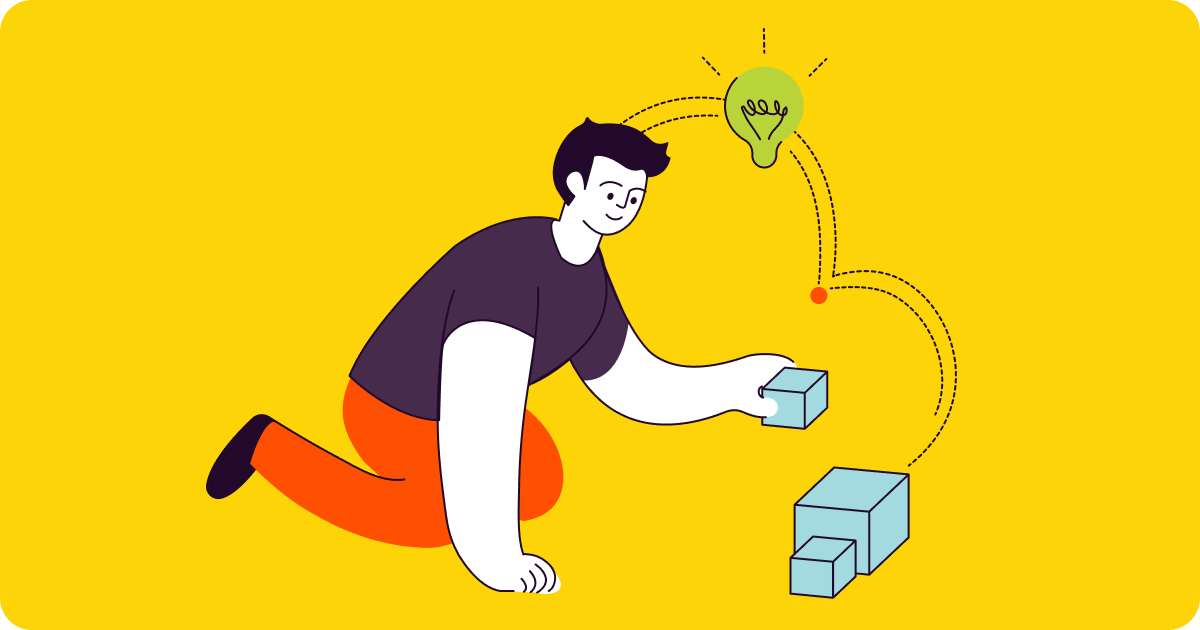Employee onboarding is a critical first step in a new hire’s journey. But it’s just that – a first step. Even after onboarding, employees will always have opportunities for ongoing skills training as they grow.
Continuous learning and coaching models are important because businesses are always changing. As new products are available, messaging and processes will change, requiring new training and coaching. Significant business changes like acquisitions and organizational shifts can be tough to manage when everything feels uncertain.
The good news is that every organization goes through these changes and the challenges that come with them. For example, one day you might get a call from a sales rep who needs help improving how they deliver their demo presentations. Ad hoc requests like this pop up routinely, but they can quickly pile on to an already heavy workload.
In this post, I’ll explain how skills enablement programs help reps gain the knowledge and practice needed to grow in their roles.
What is skill enablement?
Skill enablement programs help leaders assess the strengths and weaknesses of the roles they support. When teams identify areas for improvement, they can create soft skills training and resources for sellers that build the skills they need to succeed.
How to practice skill enablement
To be effective, skill enablement programs should be personalized for the individual employee. It’s important to remember that every person is on their own journey, so their strengths and weaknesses will vary. As a result, it’s important to tailor skills training in such a way that sales reps can improve upon their weaknesses.
Implementing a skill enablement program can ensure that your go-to-market (GTM) organization is prepared for challenges. Organizations that practice skill enablement benefit from:
- Consistent Enablement and upskilling across teams
- Clear paths for movement across GTM roles
- Benchmarking for seller growth and development
According to Forrester, organizations that don’t have Skill Enablement programs may face some or all of the following challenges:
- Sellers who disengage: this can cause buyers to tune out of your organization
- Increased turnover: each lost employee can equal a $110k loss for your organization
- Productivity drops: output from newer sellers may decline by as much as 50%
- Missed revenue targets: revenue may drop by multiples of 5 without consistent Skill Enablement.
To keep employees ready and engaged, it’s necessary to support them in their roles after onboarding and beyond. Neglecting skill enablement can have dramatic results for your organization. So, it’s important to figure out how your organization can help employees be ready for whatever the future holds.
Never stop growing.
Skill enablement FAQs
How can organizations personalize skill enablement programs for individual employees?
Organizations can enhance personalization in skill enablement by completing thorough assessments of each employee’s strengths and weaknesses. This will allow enablement teams to tailor training resources to address unique areas for improvement. Then, leaders can use a skills matrix to keep track of development over time.
What challenges do organizations face when implementing skill enablement programs?
Implementing skill enablement programs can be challenging due to resistance to change, difficulties integrating with existing processes, or trouble accurately assessing the diverse needs of team members. Addressing these challenges is crucial for successful program implementation.
What key performance indicators (KPIs) measure the success of skill enablement programs?
Implementing skill enablement programs can be challenging due to resistance to change, difficulties integrating with existing processes, or trouble accurately assessing the diverse needs of team members. Addressing these challenges is crucial for successful program implementation.
How Seismic can help
We’ve made it easy for your organization to begin its skill enablement journey. If you’re ready to start, we have several resources to help. These two handouts will give you a launchpad for brainstorming how to approach continuous development in your organization.
In the Skills Matrix Template, we’ve provided a list of 10 important sales skills. The list is a great starting point where your organization can begin to align skillsets with the sales roles you support.
The second handout, the Skill Enablement Process Checklist, shares a high-level workflow to prepare, launch, and scale your skill enablement program. If you’re an existing Seismic customer and interested in speaking with an enablement expert, check out the Skills Matrix Services Package. Our services can help you uncover coaching opportunities and deliver more personalized training to your go-to-market teams. Please contact your Seismic CSM for more information!
